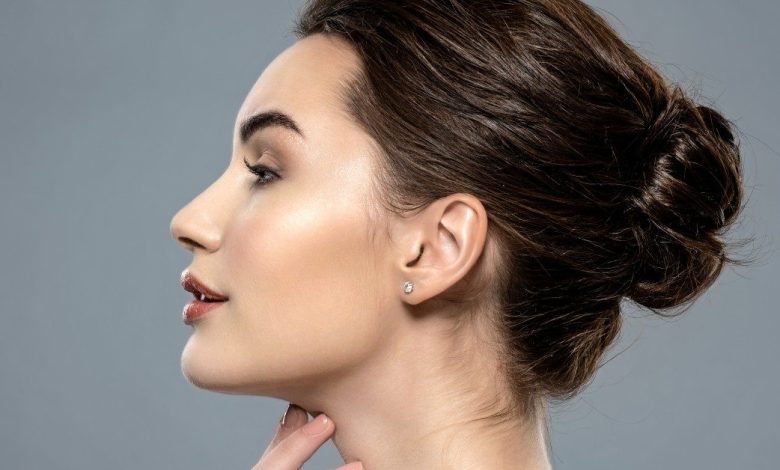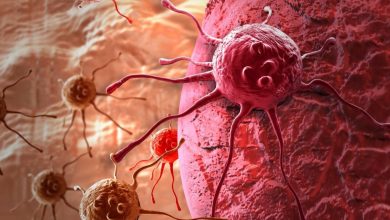Rhinoplasty

A more aesthetic nose is also a nose that works well! Rhinoplasty or nose surgery is a surgical procedure performed to change the size and shape of the nose permanently. This intervention consists of modifying the architecture of the nose, made up of bone and cartilage. The skin is not changed, but when the structures below change, it will have the ability to retract and readjust to the new shape. The overall improvement in the face can be dramatic, even with slight modifications.
Closed / Open Rhinoplasty
Over the past 15 years, there has been a great debate whether Rhinoplasty should be performed open or closed. However, these are only opening techniques. Opening techniques are the only methods the surgeon uses to access the structures he wishes to modify. These are not surgical techniques. Surgical technique is the method used by the surgeon to change and reshape the structures of the nose. The open or external route requires an incision to be made on the skin located under the tip of the nose and the closed way only requires incisions inside the nostrils, which are therefore perfectly invisible. For example, we will ideally treat a nose with a fine point and a small bump with a closed route. The advantage is that the tip will not change, the surgery will be less traumatic, and the recovery time will be faster.
The Procedure of the Intervention
Over the past decade, significant advances have been made in the art of Rhinoplasty. In the past, nose surgery was performed by minimizing the nose. However, there are still surgeons who perform Rhinoplasty in this way. During a reduction rhinoplasty, the surgeon removes as much bone and cartilage as possible to obtain the most diminutive possible nose. Unfortunately, the structures of the nose are thus damaged and destroyed. The result may appear satisfactory during the first few months, but the shape may continue to change even after several years. It happens when the nose heals after having lost the supports of its structure and ultimately leads to a false result. In addition, the missing cartilage can cause severe respiratory problems.
How important is the skin in Rhinoplasty?
The skin and soft tissues that cover the bone and cartilage of the nose are significant. Therefore, it is fundamental to understand that the thickness of the skin will influence the outcome of Rhinoplasty. For example, patients with thin skin can achieve excellent tip definition; but this does not forgive any imperfection which will become visible once postoperative oedema has disappeared. Therefore, we avoid using transplants for this type of patient to bypass them being visible.
Am I a Candidate for Rhinoplasty?
The decision to have Rhinoplasty is critical and very personal. It is sometimes advisable to come and consult with a loved one. For most patients who have Rhinoplasty, the outcome is life-changing. Patients gain more self-confidence, and their self-esteem increases. They thus become more comfortable in their social life and no longer hide to take pictures. Many patients wonder why they haven’t done it before.
What is the cost of a Rhinoplasty?
The price of a rhinoplasty depends on the work done on the patient. Although we will give an estimate to you, it will detail the operating room and hospitalization costs and the fees of the anaesthetist and the surgeon. Unfortunately, cosmetic Rhinoplasty cannot be covered by social security.
How should I prepare for Rhinoplasty?
The patients who benefit from a cosmetic rhinoplasty or surgery of the nose just before the operation carry out a blood test that we will prescribe before. If you are over 45, you may also be prescribed an EKG. It is forbidden to take aspirin in the 15 days preceding the operation. This medicine can cause severe bleeding and bruise after the procedure.
What are the risks of Rhinoplasty?
As with any surgery, there can be complications after the procedure. Bleeding is rare, but it can happen and requires prolonging the duration of the wicks. The risk of bleeding occurs in about 1% of cases. There may also be a risk of infection, but it is scarce and occurs in less than 1% of rhinoplasty cases.
The result will improve over the weeks and months following the procedure. It will be considered final after one year. We will take photos of your nose from all angles before and after the process. The patients who benefit from Rhinoplasty are, more often than not, pleased, and this is very gratifying for your surgeon.




